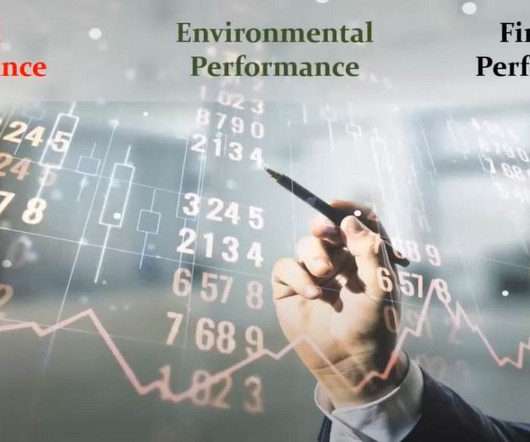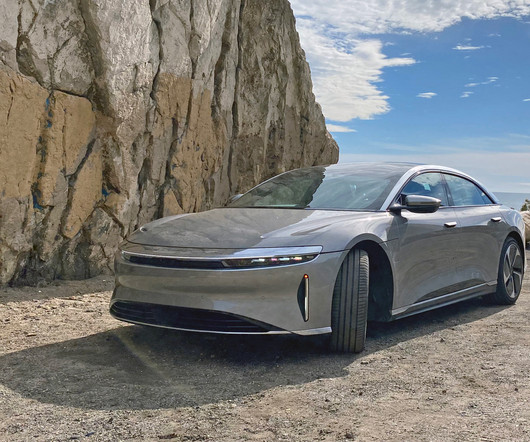California Air Resources Board readopts Low Carbon Fuel Standard, adopts regulation on alternative diesel fuels
Green Car Congress
SEPTEMBER 25, 2015
The program requires that transportation fuels used in California meet a baseline target for carbon intensity which is reduced each year. The Board also adopted a regulation governing alternative diesel fuels ( ADF ). The LCFS applies to liquid and non-liquid fuels. Diesel and Diesel Substitutes.












Let's personalize your content